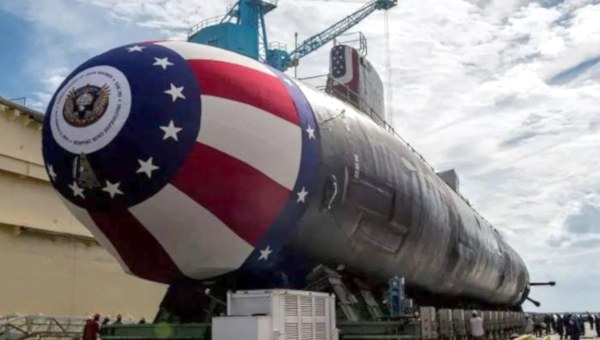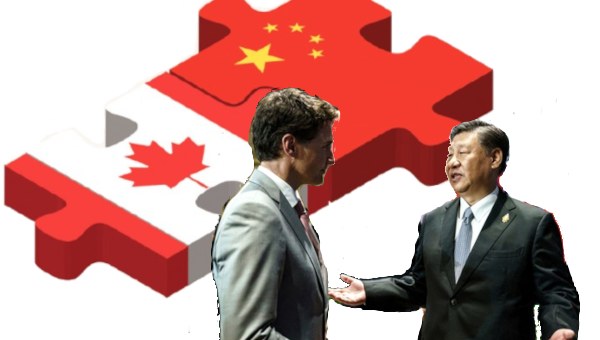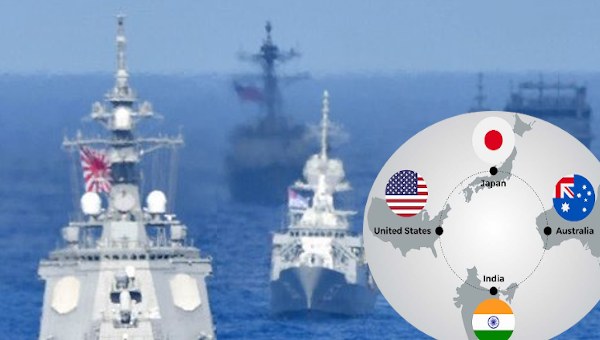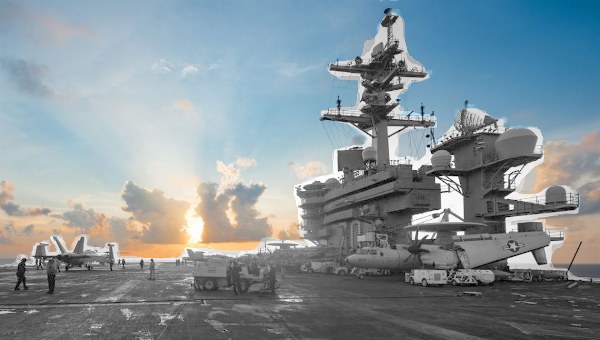The US and UK’s Submarine Deal Crosses Nuclear Red Lines with Australia
The recent Australia, US, and UK $368-billion deal on buying nuclear submarines has been termed by Paul Keating, a former Australian prime minister, as the “worst deal in all history.” It commits Australia to buy conventionally armed, nuclear-powered submarines that will be delivered in the early 2040s. These will be based on new nuclear reactor designs yet to be developed by the UK. Meanwhile, starting from the 2030s, “pending approval from the US Congress, the United States intends to sell Australia three Virginia class submarines, with the potential to sell up to two more if needed” (Trilateral Australia-UK-US Partnership on Nuclear-Powered Submarines, March 13, 2023; emphasis mine). According to the details, it appears that this agreement commits Australia to buy from the US eight new nuclear submarines, to be delivered from the 2040s through the end of the 2050s. If nuclear submarines were so crucial for Australia’s security, for which it broke its existing diesel-powered submarine deal with France, this agreement provides no credible answers.
For those who have been following the nuclear proliferation issues, the deal raises a different red flag. If submarine nuclear reactor technology and weapons-grade (highly enriched) uranium are shared with Australia, it is a breach of the Nuclear Non-Proliferation Treaty (NPT) to which Australia is a signatory as a non-nuclear power. Even the supplying of such nuclear reactors by the US and the UK would constitute a breach of the NPT. This is even if such submarines do not carry nuclear but conventional weapons as stated in this agreement.
So why did Australia renege on its contract with France, which was to buy 12 diesel submarines from France at a cost of $67-billion, a small fraction of its gargantuan $368-billion deal with the US? What does it gain, and what does the US gain by annoying France, one of its close NATO allies?

Geopolitics and Five Eyes
To understand, we have to see how the US looks at the geostrategy, and how the Five Eyes – the US, the UK, Canada, Australia, and New Zealand – fit into this larger picture. Clearly, the US believes that the core of the NATO alliance is the United States, United Kingdom, and Canada for the Atlantic and the United States, United Kingdom, and Australia for the Indo-Pacific. The rest of its allies, NATO allies in Europe and Japan and South Korea in East and South Asia, are around this Five Eyes core. That is why the United States was willing to offend France to broker a deal with Australia.
What does the US get out of this deal? On the promise of eight nuclear submarines that will be given to Australia two to four decades down the line, the US gets access to Australia to be used as a base for supporting its naval fleet, air force, and even US soldiers. The words used by the White House are, “As early as 2027, the United Kingdom and the United States plan to establish a rotational presence of one UK Astute class submarine and up to four US Virginia class submarines at HMAS Stirling near Perth, Western Australia.” The use of the phrase “rotational presence” is to provide Australia the fig leaf that it is not offering the US a naval base, as that would violate Australia’s long-standing position of no foreign bases on its soil. Clearly, all the support structures required for such rotations are what a foreign military base has, therefore they will function as US bases.
Who is the target of the AUKUS alliance? This is explicit in all the writing on the subject and what all the leaders of AUKUS have said: it is China. In other words, this is a containment of China policy with the South China Sea and the Taiwanese Strait as the key contested oceanic regions. Positioning US naval ships including its nuclear submarines armed with nuclear weapons makes Australia a front-line state in the current US plans for the containment of China. Additionally, it creates pressure on most Southeast Asian countries who would like to stay out of such a US versus China contest being carried out in the South China Sea.
While the US motivation to draft Australia as a front-line state against China is understandable, what is difficult to understand is Australia’s gain from such an alignment. China is not only the biggest importer of Australian goods, but also its biggest supplier. In other words, if Australia is worried about the safety of its trade through the South China Sea from Chinese attacks, the bulk of this trade is with China. So why would China be mad enough to attack its own trade with Australia? For the US it makes eminent sense to get a whole continent, Australia, to host its forces much closer to China than 8,000-9,000 miles away in the US. Though it already has bases in Hawaii and Guam in the Pacific Ocean, Australia and Japan provide two anchor points, one to the north and one to the south in the eastern Pacific Ocean region. The game is an old-fashioned game of containment, the one that the US played with its NATO, Central Treaty Organization (CENTO), and Southeast Asia Treaty Organization (SEATO) military alliances after World War II.
The problem that the US has today is that even countries like India, who have their issues with China, are not signing up with the US in a military alliance. Particularly, as the US is now in an economic war with a number of countries, not just Russia and China, such as Cuba, Iran, Venezuela, Iraq, Afghanistan, Syria, and Somalia. While India was willing to join the Quad – the US, Australia, Japan, and India – and participate in military exercises, it backed off from the Quad becoming a military alliance. This explains the pressure on Australia to partner with the US militarily, particularly in Southeast Asia.
It still fails to explain what is in it for Australia. Even the five Virginia class nuclear submarines that Australia may get second hand are subject to US congressional approval. Those who follow US politics know that the US is currently treaty incapable; it has not ratified a single treaty on issues from global warming to the law of the seas in recent years. The other eight are a good 20-40 years away; who knows what the world would look like that far down the line.
Why, if naval security was its objective, did Australia choose an iffy nuclear submarine agreement with the US over a sure-shot supply of French submarines? This is a question that Malcolm Turnbull and Paul Keating, the Australian Labor Party’s former PMs, asked. It makes sense only if we understand that Australia now sees itself as a cog in the US wheel for this region. And it is a vision of US naval power projection in the region that today Australia shares. The vision is that settler colonial and ex-colonial powers – the G7-AUKUS – should be the ones making the rules of the current international order. And behind the talk of international order is the mailed fist of the US, NATO, and AUKUS. This is what Australia’s nuclear submarine deal really means. •
This article was produced in partnership by Newsclick and Globetrotter.





